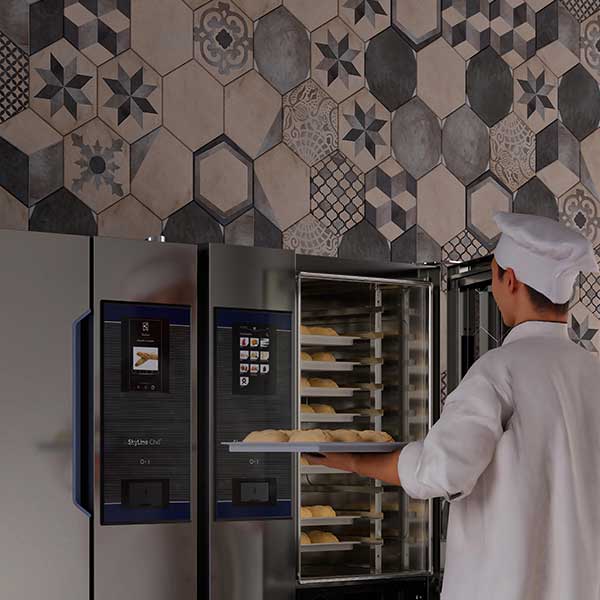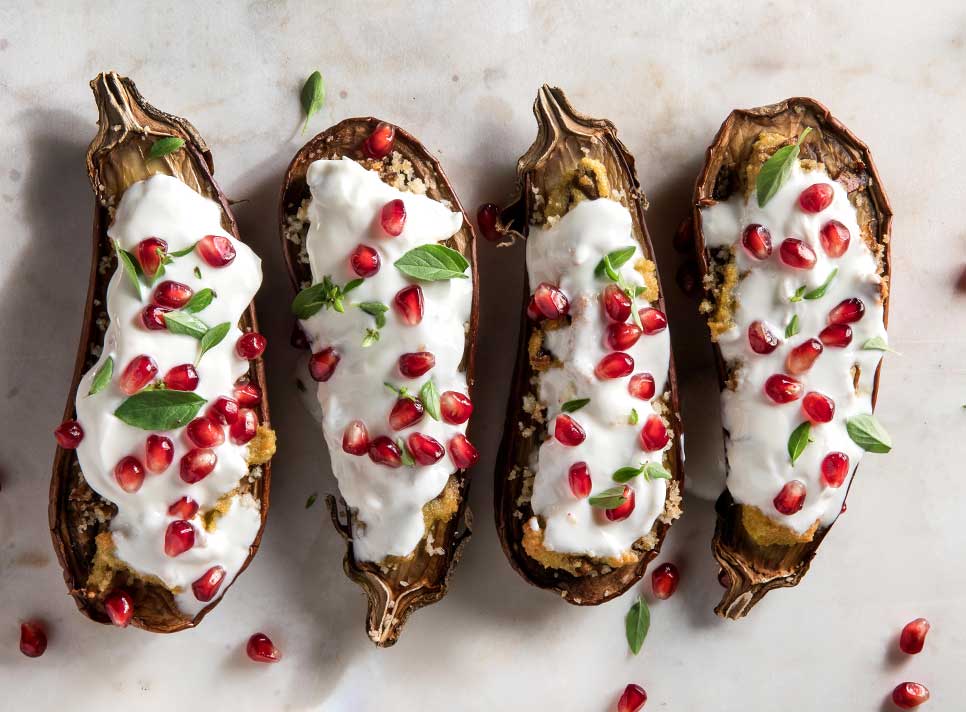The cook and chill process is a method of preparing and cooking food before rapidly chilling it to ensure safety and extend shelf life. Originally developed to separate food production and service, this process optimizes preparation times, standardizes processes, and guarantees food safety. Despite its numerous benefits, setting up a cook and chill system requires careful consideration beyond simply purchasing appliances. Workflow must also be established correctly to ensure seamless integration into kitchen operations. While the cook and chill process offers significant advantages, it requires careful planning and execution to fully realize its potential. By carefully considering workflow and appliance selection, kitchens can enjoy the benefits of a streamlined cook and chill system.
Cook and Chill process: things to consider/watch out for
The cook and chill process offers numerous features and benefits for foodservice operations. First and foremost, it enhances food safety by reducing the time that food spends in the “danger zone” between +8°C and +68°C (46.4°F and 154.4°F) where bacterial growth is most rapid. This means that food can be stored for longer periods without fear of spoilage or contamination, extending shelf life and reducing food waste.
1. Reduced labor costs
In addition to food safety benefits, the cook and chill process can also lead to reduced labor costs. By standardizing food preparation workflows and portioning food in advance, kitchen staff can work more efficiently, saving a lot of time. However, it’s important to note that these savings are only possible when workflows are correctly and efficiently planned. Investing in new appliances alone will not lead to significant savings if the overall workflow remains inefficient.
2. An ergonomic design
To maximize the benefits of the cook and chill process, it’s important to consider ergonomically designed appliances and efficient workspace design. Ultimately, the success of a cook and chill system depends on careful planning and execution, ensuring that appliances and workflows are optimized for maximum efficiency and safety.
3. Reduced wastage
When implemented correctly, the cook and chill process can help extend the shelf life of food, reducing waste and saving money. This preservation process ensures that dishes maintain their essential characteristics, including flavor, texture, appearance, and nutritional value, as if they had been freshly cooked.
However, to achieve optimal results and maximize the shelf life of food, it’s essential to pay attention to critical control points at each step of the process. Failure to do so could result in food spoilage and waste. To ensure success, it’s important to familiarize yourself with cook and chill appliances, including their capacity, proper operating care, and maintenance requirements. Additionally, great care should be taken in food preparation and cooking workflows to ensure that the process is efficient and safe.
While food safety remains the most important aspect of the cook and chill process, attention to detail and best practices can help ensure that the process delivers on its promise of extended shelf life and reduced waste.

4. Chilling time
To prevent food spoilage while avoiding the development of pathogens, the blast chilling process must be fast yet controlled. This process involves rapidly cooling food to a low temperature to prevent bacterial growth; with a blast chiller, cooked or heated food can be cooled from +70°C and 3°C (+158°F to +37°F) within 90 minutes, reducing the risk of bacterial growth and increasing food safety.
5. Process control
While cook-chill can prevent contamination, safety concerns still exist during food preparation and are mostly related to people, such as washing hands, cleaning surfaces, and avoiding cross-contamination. The cook and chill process requires constant vigilance to ensure food safety. These features must be utilized for a correct approach to cook and chill processes; without them, time and money may be lost to unnecessary processes.
What is the difference between cook-chill and cook-freeze?
The cook and chill process aims to preserve food for later consumption, allowing for an extended shelf life without compromising quality. In contrast, the cook-freeze process is a specialized food production and distribution system that preserves prepared and cooked food by rapidly freezing it and storing it at very low temperatures until it is ready for reheating at the time of service. The key difference between the two methods is the temperature at which the food is stored, with cook and chill relying on rapid chilling and cook-freeze using rapid freezing to preserve food. Both processes are effective at extending the shelf life of prepared food and offer benefits in terms of efficiency, labor cost savings, and reduced food waste.
In a nutshell, The SkyLine Cook and Chill solution, consisting of a combi oven and a blast chiller, is the necessary piece of equipment you need to perform the cook and chill process safely and efficiently.
